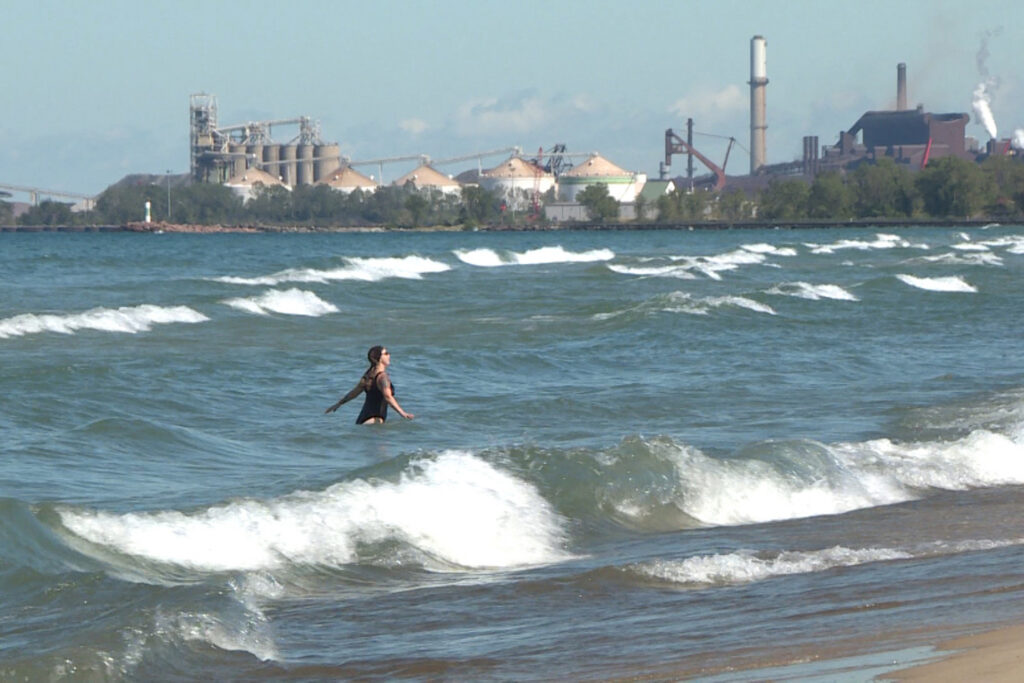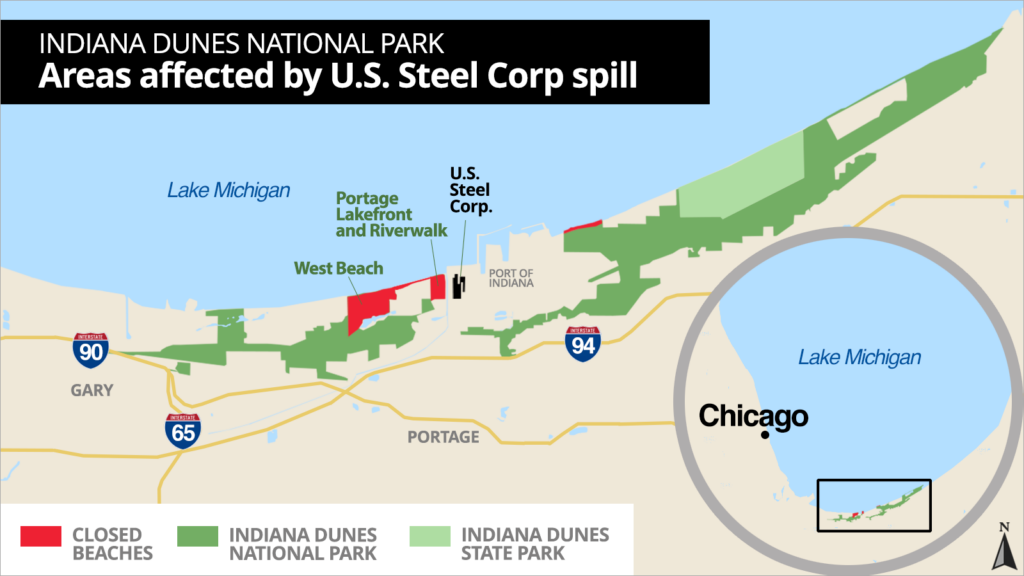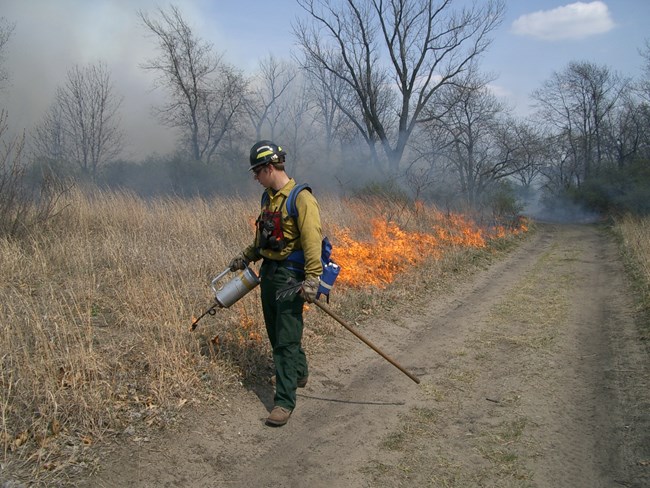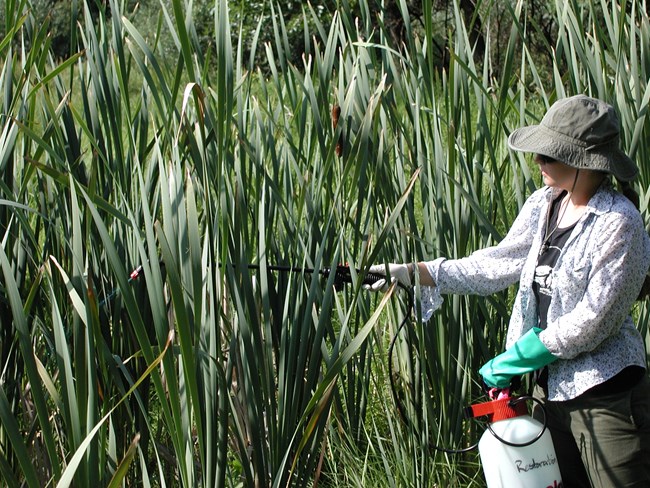Indiana Dunes National Lakeshore was established by Congress in 1966 (re-designated Indiana Dunes National Park in 2019). By that time, people had already made many changes to the national park’s natural areas. Many white pines were logged in the 1830s and 1840s. Farmers started moving into the region in the late 1800s. Around 1900 industry came into Gary and East Chicago, just west of the national park. By the 1930s, residential communities sprang up and escalated in the 1950s with the post-war economic boom. The late 1950s and early 1960s brought the development of a coal-fired power plant and a steel mill into the midst of extensive natural dunes and wetlands. With each of these changes came impacts to the environment.
Indiana Dunes National Park features several swimming beaches along the shore of Lake Michigan. These beaches are sometimes impacted by high levels of bacteria after heavy rainfalls. High bacteria levels can be a threat to human health. The national park monitors the water quality at its beaches on a regular basis during the swimming season, posting warning signs noting high bacteria counts on affected beaches.
When the national park was established in 1966, close to 1,000 commercial buildings and home sites were included within the park’s boundary. Several historic structures have been preserved, and some other buildings were renovated to create office space, interpretive centers, and other park facilities. The majority of these buildings have been removed to restore the natural areas that once were there. Resource managers collect seeds from a variety of native plants within the park to ensure that these areas are planted with native species of local genotype.
In presettlement days, naturally occurring fires cleared deadwood and maintained prairie and savanna habitats. During the years when fire suppression was the rule, many woody trees and shrubs encroached on these open habitats, and prairies and savannas were lost or significantly altered. Not only did this reduce habitat diversity, but it reduced plant and animal diversity as well. Today, the national park has a rigorous controlled burn program that is restoring the area’s prairies and savannas and helping to maintain critical habitat for the endangered Karner blue butterfly.
Invasive exotic plants, brought here either intentionally or accidentally from other parts of the world, out-compete native plants for life-giving resources. The national park is working to reduce the population of these undesirable species with a goal of eventually eliminating them. Intensive programs to remove purple loosestrife, garlic mustard, and an invasive hybrid cattail are presently underway.
Indiana Dunes National Park is in the process of restoring portions of an extensive wetland complex called the Great Marsh, south of the primary dunes in the eastern half of the park. By plugging ditches, restoring the area’s hydrology, removing invasive plants, and planting native species, the national park is re-creating a diverse and beautiful ecosystem. Because wetlands naturally filter contaminated water, restoring the Great Marsh will also help to improve the area’s water quality.
Please don’t worry, we at Indiana Dunes National Park are taking a proactive approach to address other factors that are adversely impacting our resources.







